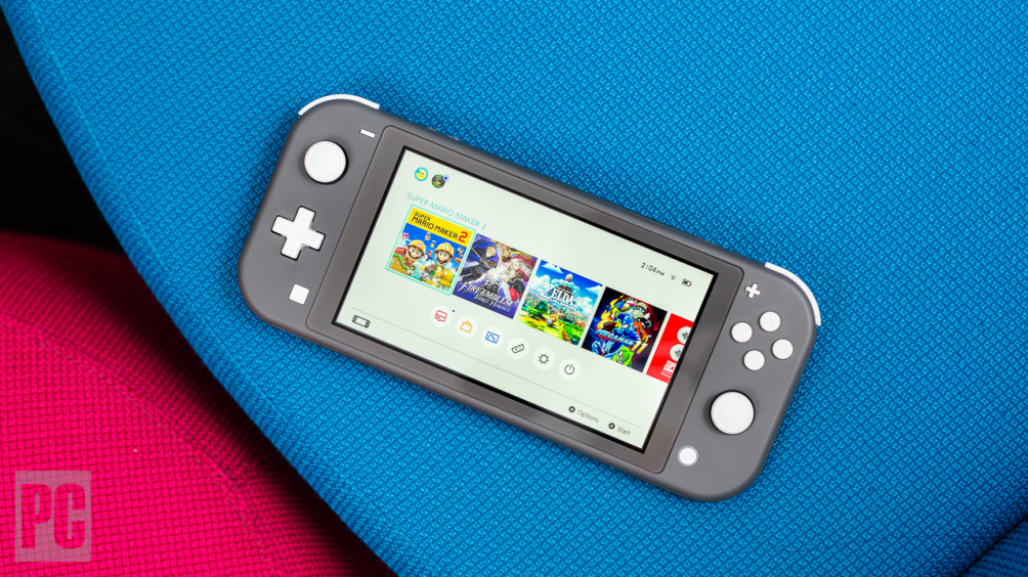Starting off as a card company, Nintendo quickly became a household name in the video game console industry, and is currently among the top 3 video game console manufacturers. Over the years, Nintendo has completely changed, and although the Nintendo Switch has been a big success, Nintendo has not always succeeded in its consoles. In 1980, Nintendo released its first handheld video game system, the Game & Watch which used the tech present in portable consoles. Working on the drawbacks of the game & Watch, and taking inspiration from other devices Nintendo created a console which used the popular ROM cartridge format and released the Game Boy in 1989. Game Boy was a massive success, and although it didn't have few essential features, people loved it. The 8-Bit format which is popular even to this day was a revolutionary technological development, and although the screen was not backlit, and it had some drawbacks, it is one of the most influential consoles to this date.

After the Game Boy, Nintendo made lots of developments to the Game Boy line of consoles, which was its major handheld console line for the next few decades. Alongside this, they also had a non portable console line-up which consisted of major players. Starting from the Nintendo Entertainment System(also known as the NES), to the Wii, Nintendo's at-home consoles have seen a lot of development over the years and have been at the front. The NES and SNES were extremely influential and made Nintendo popular. The 8-bit and 16-bit consoles were new for their time and seemed extremely hi-fi for their time. These consoles set the stage for the later successes for Nintendo. In just 10 years, Nintendo became a household name in Japan and the United States. The Nintendo 64 saw the major developments in the graphics department. Until now, Nintendo was still using the old cartridges, but it eventually changed to CDs during the GameCube, which set the stage for Nintendo's most influential console-Wii.
The Wii introduced the Wii Remote controller, used as a handheld pointing device and which detects movement in three dimensions. The console runs games supplied on Wii optical discs. The system supported a service, called "Virtual Console", that downloaded emulated games from past Nintendo consoles, support for online video streaming such as Netflix(now discontinued), and other services provided by Nintendo over the Internet. The Wii did not have the computing horsepower to provide the dazzling graphics of Sony's PlayStation 3 or Microsoft's Xbox 360. Instead, it has a more impressive piece of technology: its motion-sensitive controller, the Wii Remote. Along with the attachable, motion-sensitive Nunchuk, the Wii Remote created a level of realism that could not be attained through pretty pictures or through giving gamers ever-larger worlds to explore. Wii also had a far greater range of games, far more controller options and a far more expansive library of classic titles through its Virtual Console. On the PS3 and 360, the FPS and action-adventure genres dominated completely, with sports and racing games bringing up a distant third. With the Wii, the domination came from local multiplayer titles.
Not only was the Wii a major success, but on the handheld side, the DS grew in popularity, becoming the most sold handheld device from Nintendo. Having a dual screen setup and a stylus, the DS gave way to so many new sorts of games, and the same formula was applied to its successors, the Nintendo 3DS and 2DS.
Although Nintendo has been successful, it has had its fair deal of failures as well, with the WiiU being a complete disaster. It was essentially a better version of the Wii, but had a gamepad which could only be used within a certain distance from the main console, and all-in-all failed miserably. But the star of the entire Nintendo line-up has been the Switch. A hybrid console that can be used as a home console and a portable handheld one.It's wireless Joy-Con controllers, with standard buttons and directional analog sticks for user input, motion sensing, and tactile feedback, can attach to both sides of the console to support handheld-style play. They can also connect to a grip accessory to provide a traditional home console gamepad form, or be used individually in the hand like the Wii Remote and Nunchuk, supporting local multiplayer modes. The Nintendo Switch's software supports online gaming through Internet connectivity, as well as local wireless connectivity with other consoles. The console comes with a dock, and upon attaching it to the dock, the screen can be replicated onto another display, which is the main feature of the console.